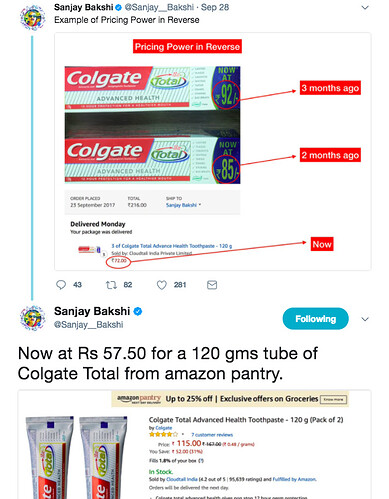This is what is see in 2015 AR
To translate our plans into reality, we are expanding our
capacity to produce value added products. We have
undertaken an expansion plan at our plant at Softa,
Haryana with total capex outlay of Rs 4,000 million in a
phased manner to increase, our processing capacities by
over 9 lakh litres per day. This enhancement in production
is aimed at primarily for value-added products such as
flavoured milk, variants of cheese, UHT milk, table butter,
paneer, yoghurts, and cream.
Capex 400 Cr = which is 13% of net assets as of FY17, Also Plant capacity now has increased from 3.41 mn litres 4.5 mn liters.
I don’t see any mention of this CAPEX in 2014 AR
so,Let assume In FY 2015 is all started then it took them two years get this done is lots of time. In two years you can make a steel factory from scratch, this is just a expansion of existing capacity of products not as complicated as steel. May be they did in phased manner Capex should be yielding something every years that’s what i assumed.
If you see ROA since 2015 has gone down from 8% to 6% - which is 25% , which is a concerning for me if that rate continues & if it is really pricing power loss then all the Debt and Capex will go for a toss.
Even if you are increasing 20% of FY15 assets in 2 years made no money on it then also 25% decrease in ROA is not a good sign especially when your Net profits have gone up by 16%.
Pricing power has been down for lots of players in consumer staple space, kind of ignored by markets - Due to patanjali or whatever may be the reason - (Patanjali Ghee may be the case here ? i don’t know.)
Its good that the CAPEX is done but ROA atleast should stabilized here, Real concern is they way these guys are raising money, Considering some of these risks .
I take my old comments back about why not raise more equity / debt when you can grow at 15-18% . I think they first have to get their Cash flows in order then think about QIP and stuff.
Its cheap for a very good reason and interesting to see how story plays out.


